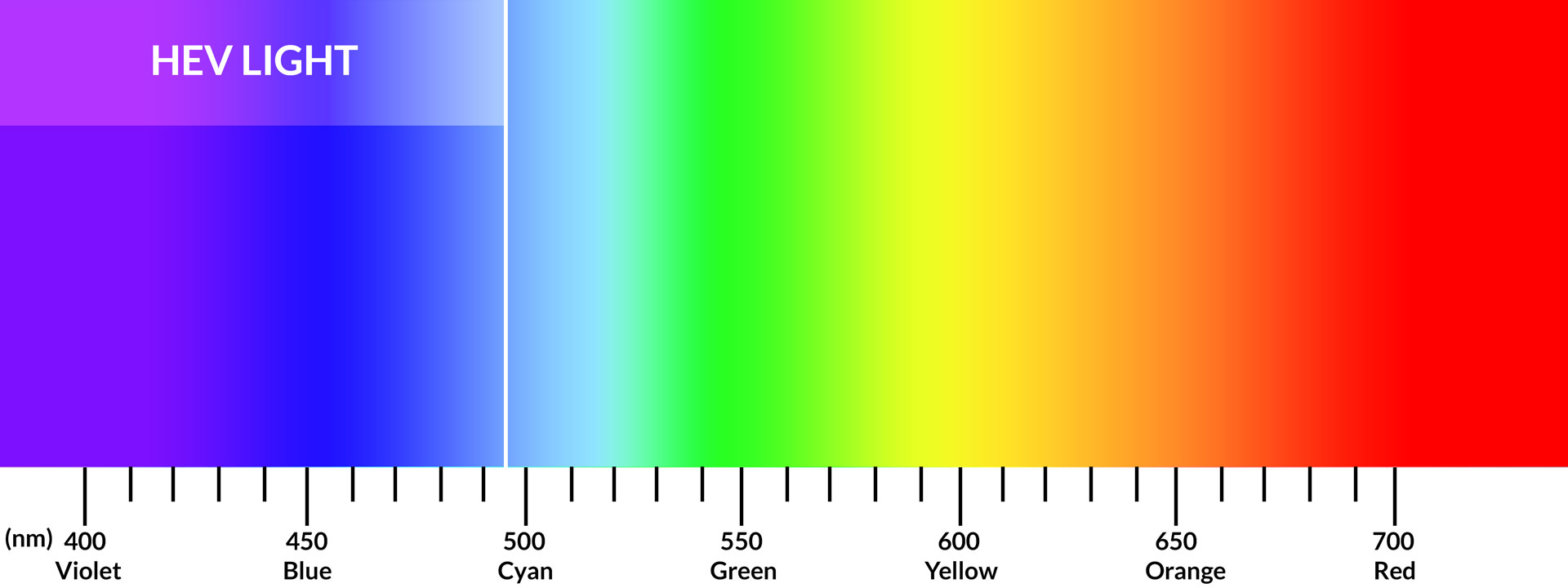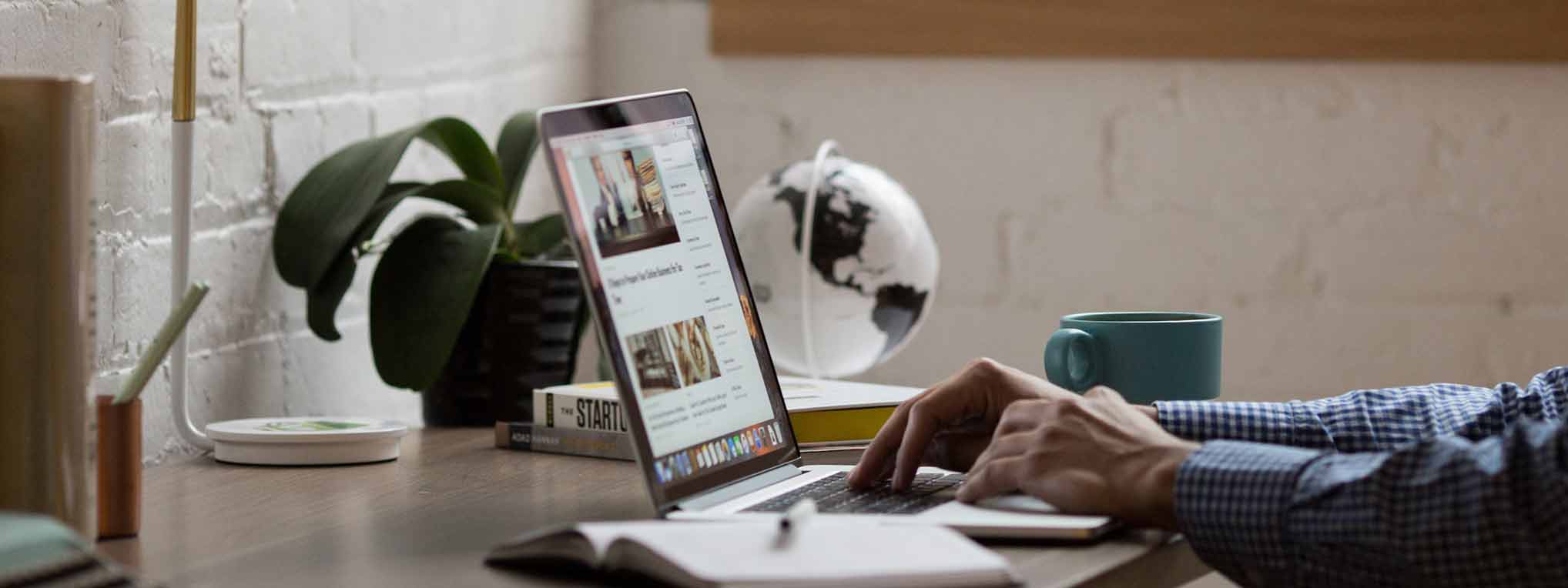All my life, I completely underestimated the power of light.
Now after researching and discussing light, it’s safe to say most, if not all of us greatly underestimate it.
But it’s not our fault – we were just never taught about it.
Years ago I started a video production company which led to spending an extreme amount of time on my computer.
The 8, 10, sometimes as much as 18 hours per day in front of a screen led me down a path of endless learning – not about video production, but, more so, about the way light affects us.
At the end of my first year in business, tiredness, eye rubbing, and squinting were all normal. My stress was through the roof and I could barely sleep. But worse, my 20/20 vision started getting blurry.
This didn’t only make work tough – but, for some reason, driving at night was borderline dangerous.
So, I went to the eye doctor. The result? I was told, all was fine.
But what was going on? Who knew? I searched relentlessly and finally came across something called blue light.
What’s blue light?
Unlike UV light, which is invisible to the human eye, blue light is a wavelength of light that we can see. Guess what color it is?

Blue light lives on the lower end of the visible light spectrum where it’s classified with violet light as high energy visible (HEV) light.
Why we should care about blue light…
Naturally, blue light comes from the sun. Light sources like computer, smart phone, tablet, tv screens, and interior are emitters of artificial blue light. And despite the sun’s strength, the amount of time we spend in front of screens makes the latter cause for concern.
As HEV light, blue and violet light’s intense waves are similar to UV waves in the risks they pose to our health.
Light expert and Chromotherapy specialist Dr. Alexander Wunsch, has said blue light’s to be “more problematic for our retina than UV light.” And after looking deeper into it, it seems like slowly worsening vision (macular degeneration) could be just one piece of the puzzle.
In one of Dr. Wunsch’s presentations called Potential Dangers of Light, he shares that when blue light hits the retina, it does a number of things:
- Blue light instantly causes the production of reactive oxygen species (ROS) in retina cells. In english, this means that every second we’re exposed to blue light, it kills the cells in our retina instantly. Eventually, this leads to tissue damage in the eye, which results in change of focus. This is the first step towards macular degeneration – blurriness.
- Blue light hits the pituitary gland which stimulates the secretion of stress hormones. This means cortisol, adrenaline, noradrenaline, TSH, estrogen, prolactin, and more are released into the body.
- Blue light hits the pineal gland and shuts down melatonin production. And, as our master hormone, melatonin controls our body’s clock, how well we sleep, what we feel like when we wake up, and how effective our immune system works.
Now, for anyone like me who may have been snoozing through 10th grade biology, once cells die, they need to be either repaired or regenerated. And, in order to repair or regenerate cells, we use a lot of energy.
The problem is, our bodies simply don’t have the ability to repair and regenerate new, healthy retina cells day after day, month after month, year after year.
If you’re asking why, it’s because of a combination of three things:
- On average we’re exposed to artificial blue light for 11 hours per day. That’s 11 hours of straight damage to the cells in our retina.
- Compared to all human organs, the retina has the largest distance between cells that need nourishment and nourishing blood vessels, making it incredibly difficult to generate new cells.
- Since blue light suppresses the pineal gland, it shuts down melatonin production. And since melatonin controls the operation of our immune system, our body’s ability to repair and regenerate becomes impaired.
So, 20/20 vision turned blurry? Stress? Restlessness? I wonder why…
How to reduce the effects of blue light
- Get a 60 minute dose of red light per day. If the thought of feeling lighter, brighter, and more energetic sings to you, you won’t want to miss out on this. Exposing ourselves, especially our abdomen, to red light is a powerful tool for feeling awesome. The reason is because red light penetrates our skin anywhere from 10 to 30 cm deep which increases ATP (energy) production, stimulates melatonin production, and conditions the skin to accept UV light – which boosts vitamin D. Assuming you live outside the equator, the best way to get your dose of red light is to catch the sunrise or sunset for an hour or so.
- Spend more time outdoors. “I want unbalanced hormones,” said no one, ever. Here’s how you align your body’s natural hormone cycle. Have the option to eat outside? Take it. Have the chance to exercise, read a book, or listen to a podcast outside? Go for it. Of course we might be more comfy inside – but windows filter red light, which we now know is a resource our bodies need. To reduce overexposure to UV waves, monitor your time in direct sunlight. Outside of sunrise/set I limit my time in the sun to 20 minutes before I break.
- Cut down on the artificial blue light. Blue light exposure after sunset is a recipe for melatonin reversal. Our bodies aren’t made for it. But it’s not only after the sun goes down that artificial blue light is bad. Day or night it slowly kills our vision. Here’s the one way to ensure your eye health isn’t headed in the wrong direction and your your hard work spent outside isn’t getting undone… If cutting screen time isn’t an option, filtering artificial blue light is. If your main source of blue light exposure is on a computer or smartphone, go one step past night mode and use a built-in or third party color filter to change the hue of your screen to a warmer, red setting. Another way to cut blues is to get a pair of no-mistake yellow/amber tinted glasses. These are not only more effective than clear blue blockers, but they’re safer because they don’t reflect blue light – but, instead, refract it.


